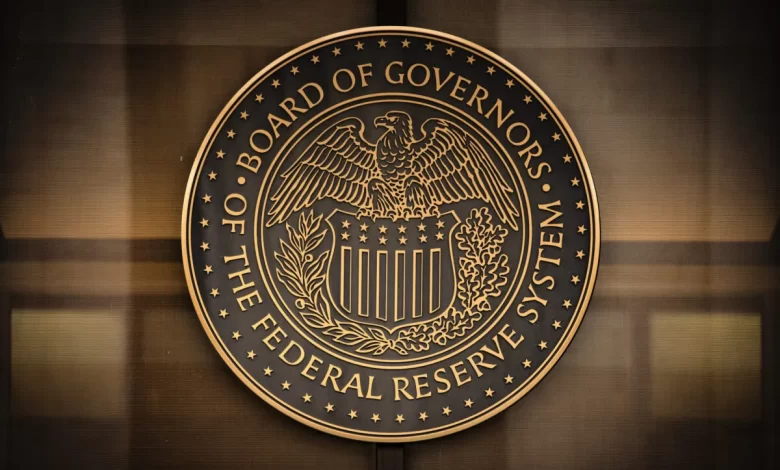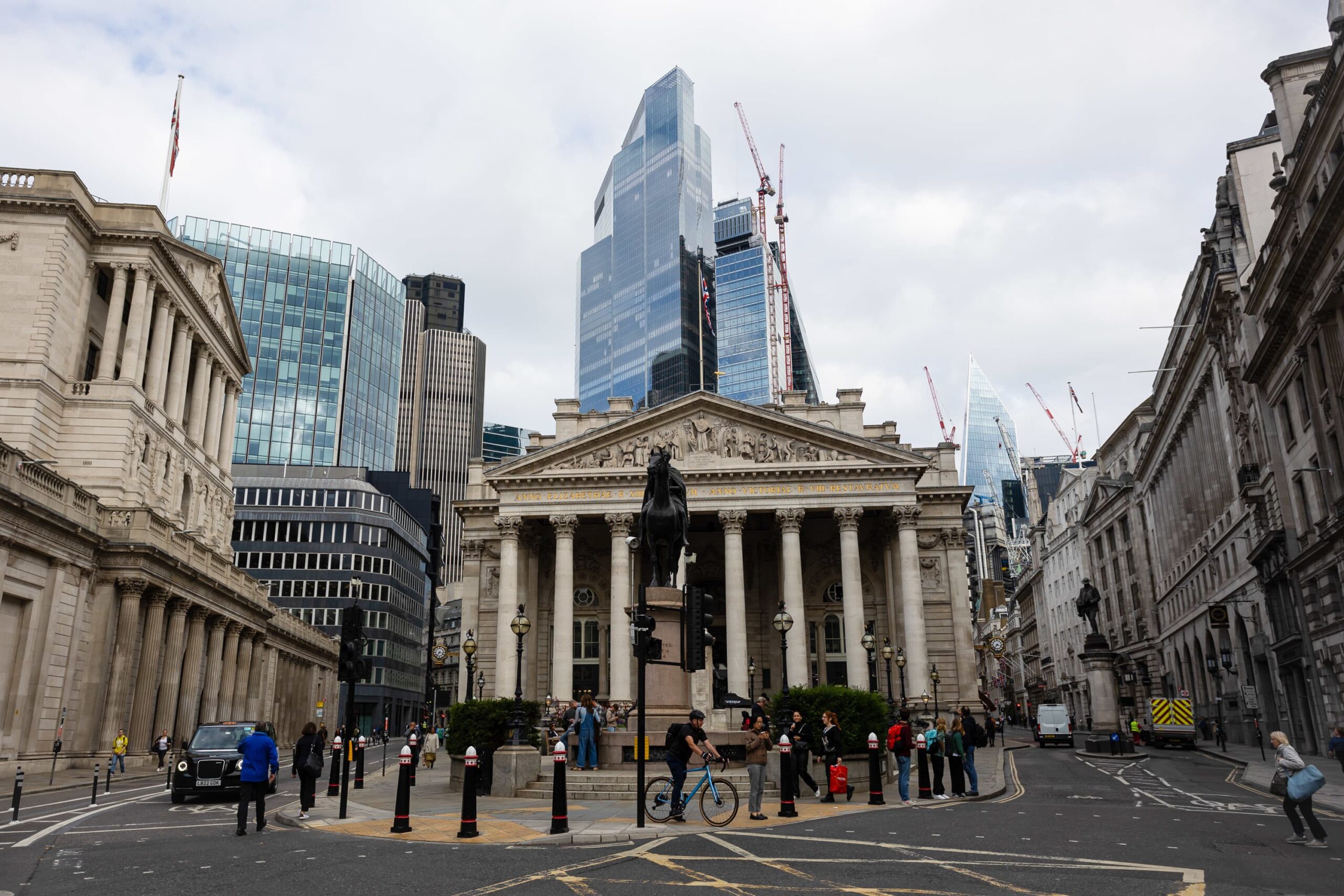Treasury Investors Fearing Recession as Yield Curve Inverts, Despite Buoyant Risky Assets

Investors in the Treasury bond market are expressing concerns that the Federal Reserve’s interest rate hikes could push the US economy into a recession, even as stocks continue to rally and analysts suggest diminishing odds of such an outcome.
On Wednesday, short-term US government borrowing costs surpassed their long-term counterparts by the widest margin in three months, with the gap quickly approaching the 42-year record set during the regional banking crisis in March. This yield curve inversion, typically measured by the difference between two- and 10-year Treasury yields, has historically preceded recessions over the past five decades.
As of Wednesday, the two-year Treasury yield stood at 4.74%, while the 10-year yield was at 3.78%.
Market experts, such as Mike Cudzil, a portfolio manager at Pimco, emphasize that “bad things happen when the yield curve is inverted.” The deepening inversion suggests a credit creation slowdown, leading Pimco to project a shallow recession by the end of this year or early next year as their base-case scenario.
The yield curve initially inverted in April last year, but it has deepened as the Fed aggressively raised interest rates. This indicates that markets increasingly believe the central bank will persist with tightening, ultimately curbing economic growth and lowering inflation.
These developments occurred as Fed Chair Jay Powell testified before Congress, stating that the central bank still had more work to do to control inflation, despite the pause in rate increases at its recent meeting.
Higher interest rates make borrowing more expensive for companies and individuals, and an inverted yield curve can lead to reduced lending by banks, both of which negatively impact the economy.
Jurrien Timmer, director of global macro at Fidelity Investments, considers betting against a recession foolish, noting that a recession has historically occurred when the yield curve has remained inverted for an extended period.
However, despite the significant increase in interest rates, economic data has yet to indicate a substantial slowdown. US employers continue to add jobs, albeit at a slightly slower pace than in previous years, while unemployment remains low, and expectations for economic output have risen.
The Federal Reserve’s own projections for the year-end indicate an improved outlook, suggesting that the US may avoid a recession.
While the Treasury market signals an impending recession, riskier assets like stocks and corporate credit reflect optimism. The S&P 500 index has gained approximately 14% this year, attributed by many analysts to the growth of stocks tied to the artificial intelligence boom.
Additionally, credit spreads, which represent the premium demanded for holding riskier corporate debt over risk-free Treasuries, have declined for both junk-rated and investment-grade bonds in recent months.
Kristina Hooper, chief global market strategist at Invesco US, suggests a divergence in the markets, highlighting that risk assets, including equities, indicate that this time could be different, challenging the recession narrative.
Analysts attribute this paradox, in part, to corporations and homeowners benefiting from a prolonged period of low rates, allowing them to refinance debt and push out maturity dates. Furthermore, the muted impact of the yield curve inversion on big banks, which typically profit from the spread between short-term and long-term rates, may contribute to the divergence.
While short-term costs have been slow to rise for major banks, deposit rates have not kept pace with rising money market rates or the fed funds rate. This discrepancy has hindered the transmission mechanism from an inverted yield curve to a recession.
Jurrien Timmer believes that this delay does not negate the possibility of a recession, suggesting that it only serves to postpone its arrival. Thus, the predicted recession that has yet to materialize remains a prevalent concern in the market.
Read the original article on Financial Reports



